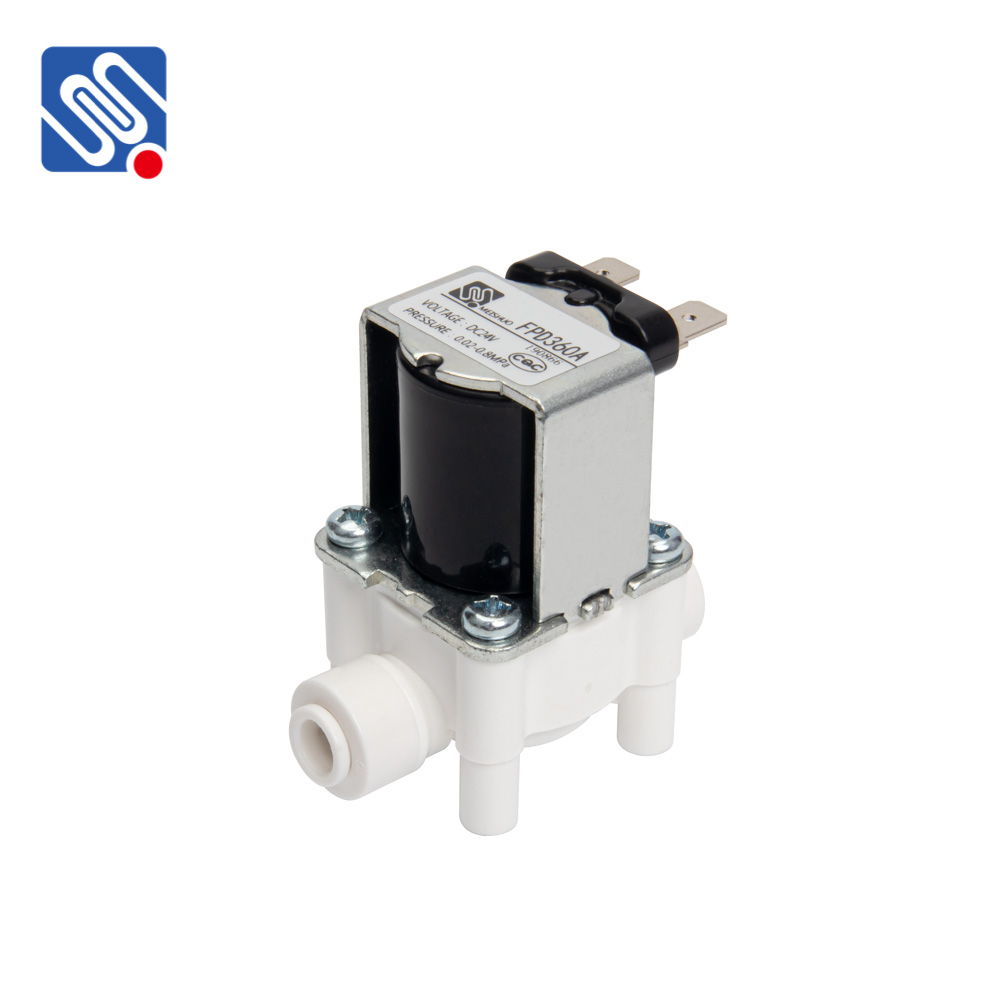The PP Solenoid Valve, short for Polypropylene Solenoid Valve, is a type of electrically controlled valve used to regulate the flow of liquids and gases in various industrial applications. This valve is made from polypropylene, a thermoplastic polymer known for its excellent chemical resistance, high-temperature tolerance, and mechanical strength. Its versatile nature makes it suitable for controlling a wide range of fluids, especially in environments where conventional metal valves might corrode or degrade.

Working Principle of PP Solenoid Valve The core principle behind a solenoid valve, including the PP version, is the electromagnetic mechanism. When an electric current passes through the solenoid coil, it generates a magnetic field that pulls or pushes a metal plunger or armature. This action opens or closes the valve, controlling the flow of fluids or gases. Depending on the design, the valve may be normally open (NO) or normally closed (NC), with the state changing when the solenoid is activated. In the case of PP Solenoid Valves, the use of polypropylene for the valve body provides added advantages in terms of corrosion resistance. Polypropylene’s resilience to acids, bases, and other chemicals makes it an ideal material for valves used in harsh chemical environments.